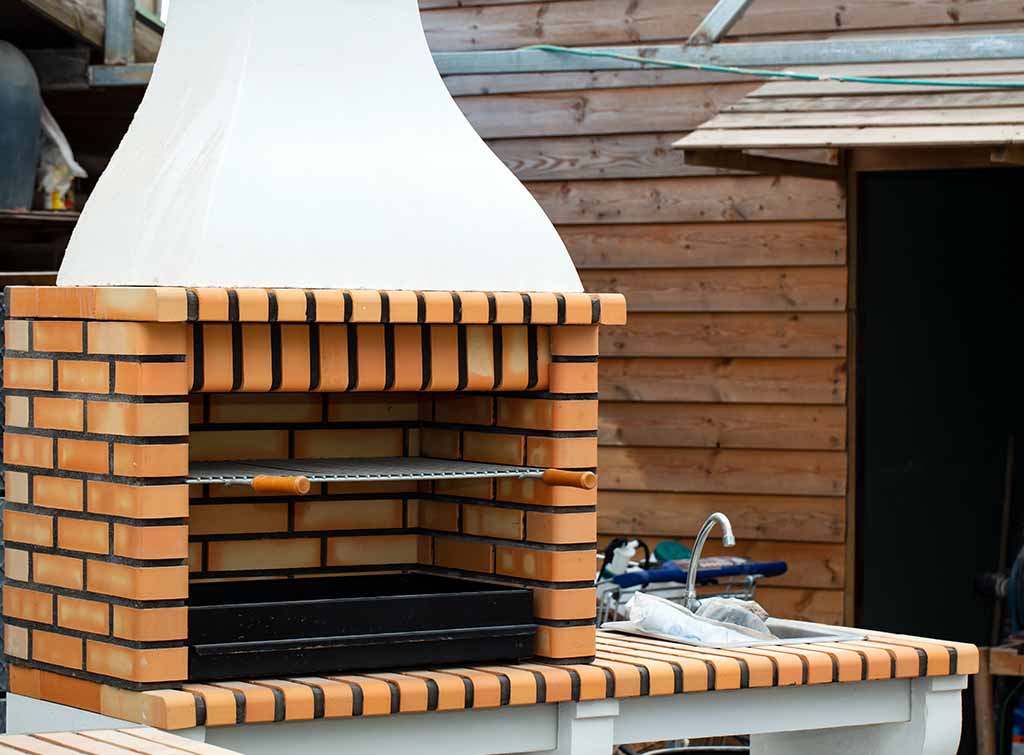Blog>Questions>What's the difference between plastering and skimming?
Last updated: 5 July 2023
What's the difference between plastering and skimming?
The term plastering is typically used as the general reference for the trade and activities related to preparing and coating the internal walls and/or ceilings of a building. There are various types of plastering techniques, and skimming is one of those. Another common difference in using the terms

The term plastering is typically used as the general reference for the trade and activities related to preparing and coating the internal walls and/or ceilings of a building. There are various types of plastering techniques, and skimming is one of those.
Another common difference in using the terms plastering vs skimming is that many people refer to plastering when it's a new wall or ceiling, while skimming is often used to describe freshening up an existing/old wall or ceiling.
See the tradespeople we've checked and recommend for your job
When is plastering skimming?
Skimming specifically refers to the process of applying a thin layer of finishing plaster to create a smooth finish for the surface of walls or ceilings, usually so that it's ready for painting or covering with wallpaper.
In the stages of plastering a wall or ceiling, skimming is generally considered to be the final stage.
What is plastering vs skim coat?
A skim coat refers to the layer lime that is applied over rough cement, which may then be smoothed out using various plastering techniques.
One of the main differences between general plastering and a skim coat is the thickness of the coating. Skim coats are typically thinner (applied to a thickness of up to 5mm), while general plaster can applied to a thickness of anywhere from 5mm to 30mm.
See the tradespeople we've checked and recommend for your job
See the tradespeople we've checked and recommend for your job
